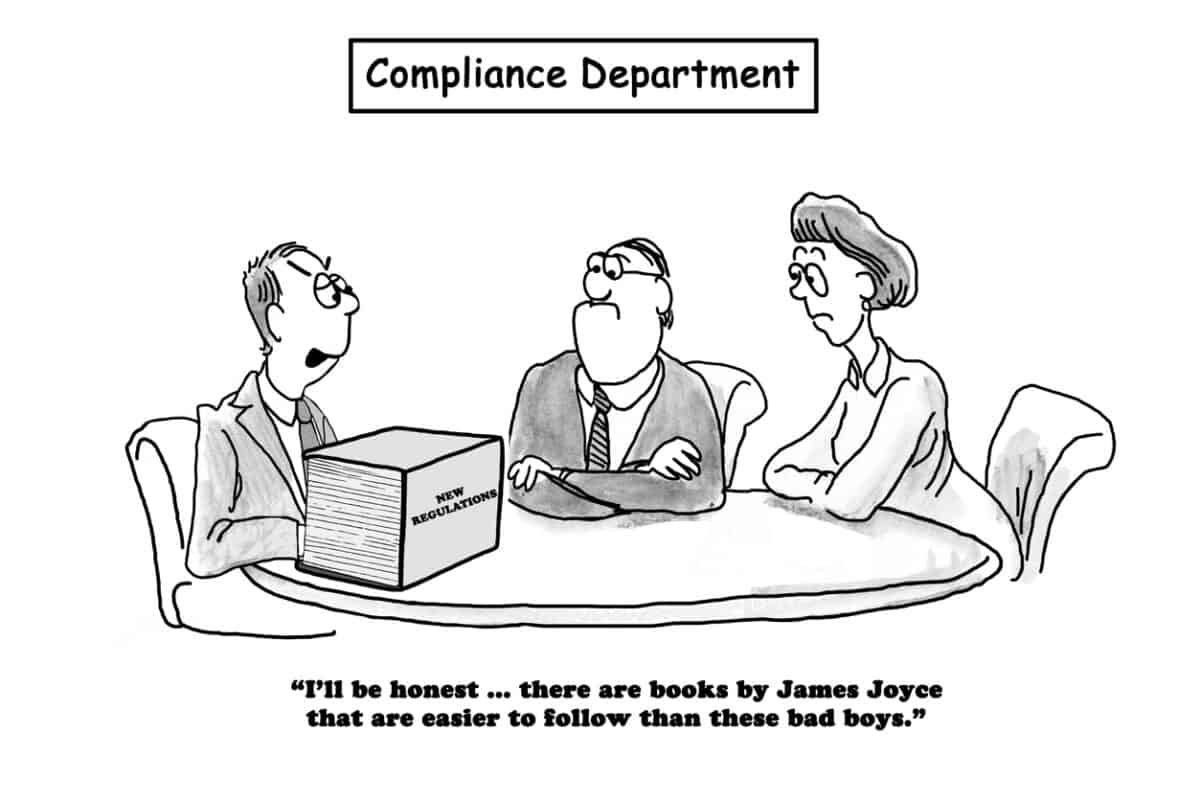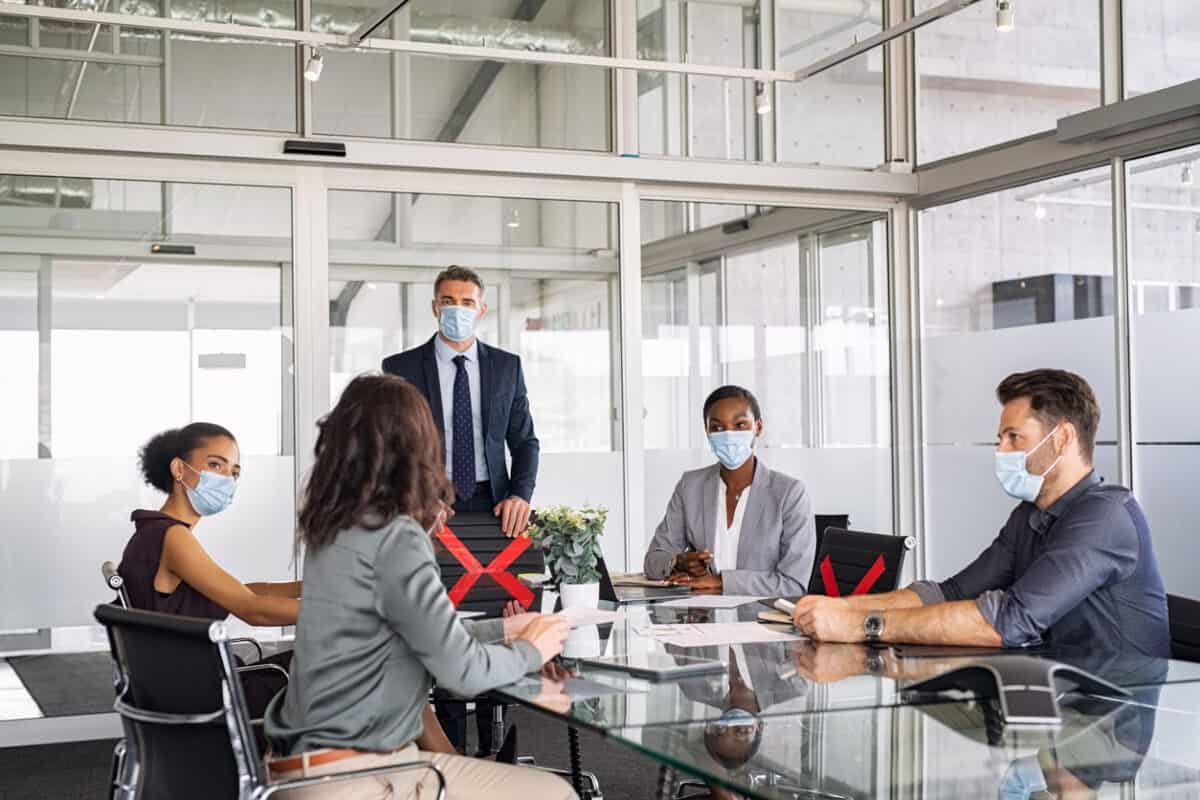The Australian Industry Group (AIGroup) has published an article intended to rebuild trust between workers and employers and is based on a “Tight Loose Tight” concept. It seems to make sense and maybe moreso to its intended audience but it is missing essential integration.
Category: red tape
“the job is never done”
Every so often, there are sufficient numbers of workplace deaths and injuries that a government feels the need to act. In 2019, the Queensland government closed down its mining sector for a “safety reset”, which required every mine worker to be retrained in occupational health and safety (OHS). Recently Western Australia needed to act on deaths in its farming sector and has established an inquiry into the issues.
Farming is perhaps the hardest industry in which to affect change. It is dominated by male workers and farmers. It has next to no union presence. OHS inspectors rarely attend farms except after a severe injury or death.
Does OHS research have a Left and a Right?
Occupational health and safety (OHS) has had an uneasy ride in political debates in Australia, often because there is a disturbing morality in laws that dictate an employer has responsibility for the safety and health of their workers, even if legal wriggle room is allowed. There is no written history of OHS in Australia except within the confines of Industrial Relations, if it gets mentioned at all.
Recently I engaged in a conversation with a professional colleague on LinkedIn (I know, didn’t your Mother always say not to engage with people on social media? Well, this is a blog so….). That colleague made some odd political statements.
Industrial Manslaughter, psychologically safe workplaces and insecure work – just another day in the Senate
Australia has entered a federal election campaign, but the mechanics of the Australian parliament continued, and various occupational health and safety (OHS) comments were voiced in Senate Estimates. These comments touched on Industrial Manslaughter, regulations on psychologically safe workplaces and insecure work.
Is red tape justified?
One of the interesting features of the Psychological Health regulations proposed by the Victorian Government last month is the requirement for employers to provide regular six-monthly reports on psychological incidents.
The Regulatory Impact Statement (RIS) states that:
“…the proposed regulatory amendments will require employers to keep written records of prevention plans for prescribed psychosocial hazards and impose reporting requirements on medium and large employers.”
page 9
Why is the world “enthusiastic” for regulations?
Unsurprising from a global business magazine, The Economist’s special report on January 15 2002 (paywalled*) bemoaned the new “enthusiasm for regulation”. It clearly includes occupational health and safety (OHS) laws and Australia in its consideration but stops short of asking why this new enthusiasm exists.
Many regulations, especially in OHS, are proposed and introduced to address a wrong or misbehaviour or a new hazard. A major catalyst for Lord Robens‘ OHS laws in the 1970s stemmed from industrial deaths, especially those of the public. The pattern of deaths as a catalyst for change continues today with the Industrial Manslaughter laws, for instance. Another catalyst is new cultural sensitivities; what was tolerated previously is no longer acceptable.
The workplace bullying changes late last century in Australia is a good example, but this also ties in with unacceptable levels of harm. Bullying was often part of the initiation to work and seemed acceptable until workers were severely injured and traumatised, and people found out about it.
No psych regulation in Victoria until mid-2022
The Victorian Government has pledged to introduce regulations to address psychological risks in workplaces. According to a second consultation paper on psychological health regulations, seen by SafetyAtWorkBlog, the consultation process continues but has been extended, so the new regulations are unlikely before the middle of 2020. This extension would seem a little unnecessary given the work on this hazard already from Safe Work Australia and SafeWorkNSW.







